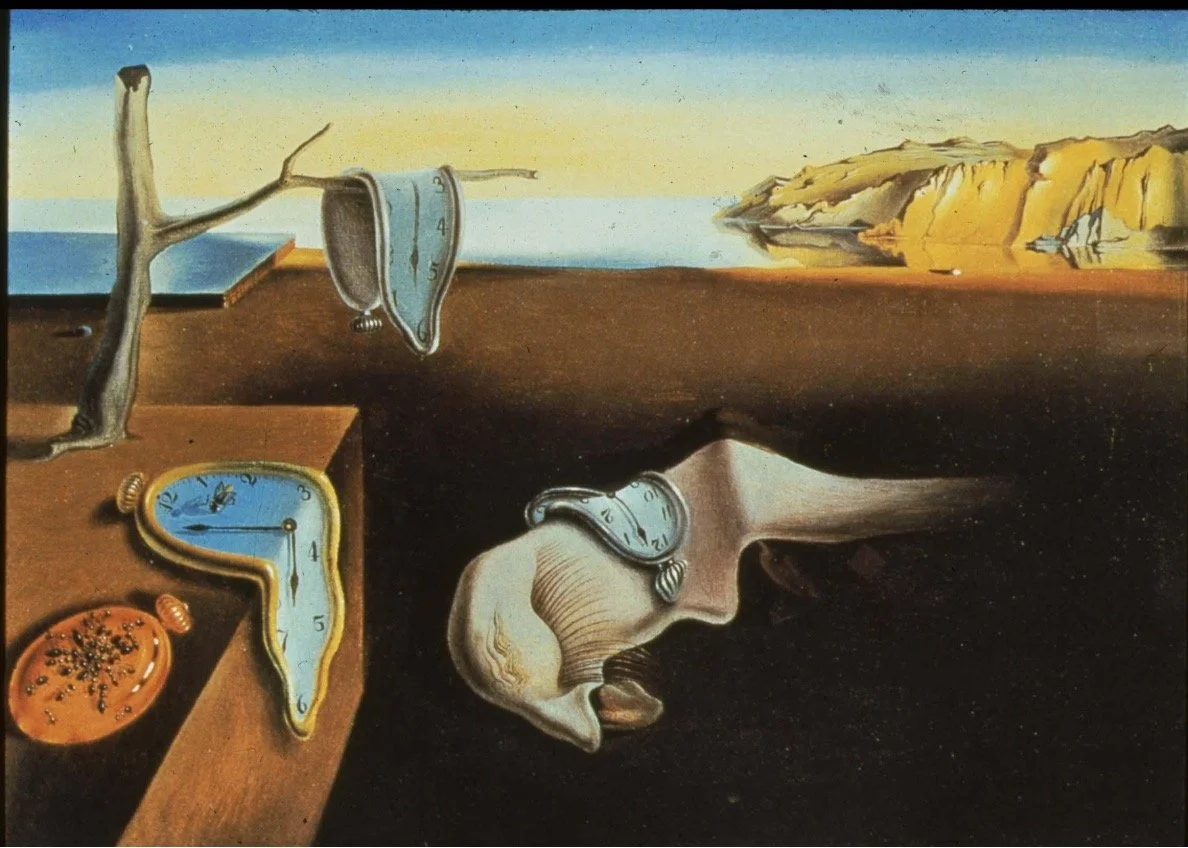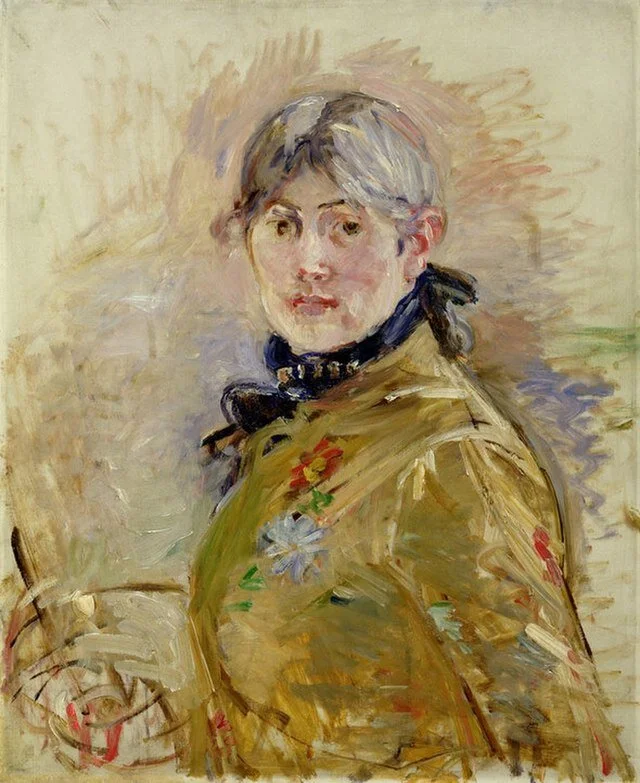
Decoding Portraits from Antiquity | Katherine Schwab Art History Lecture Series
Tuesdays, September 2, 9 & 16, 2025
7:30 PM
Whose face do we see in a portrait? Is it a likeness, character study, or the truth? Today, portraits can be enhanced through multiple software effects and AI. What evidence do we have for portraits from antiquity around the Mediterranean region—exploring portraits of historical individuals from Mesopotamia and Egypt, Greece, and the Roman world? In this series we will consider artistic challenges in creating a portrait of someone who died centuries earlier or who was known only by distant reputation. Ranging from the third millennium BCE through the second century CE, sculpture, coinage, and paintings will bring us full circle from deep antiquity to the astonishingly vivid Fayum portraits discovered in an area of ancient Egypt following Greek and then Roman occupation.

















